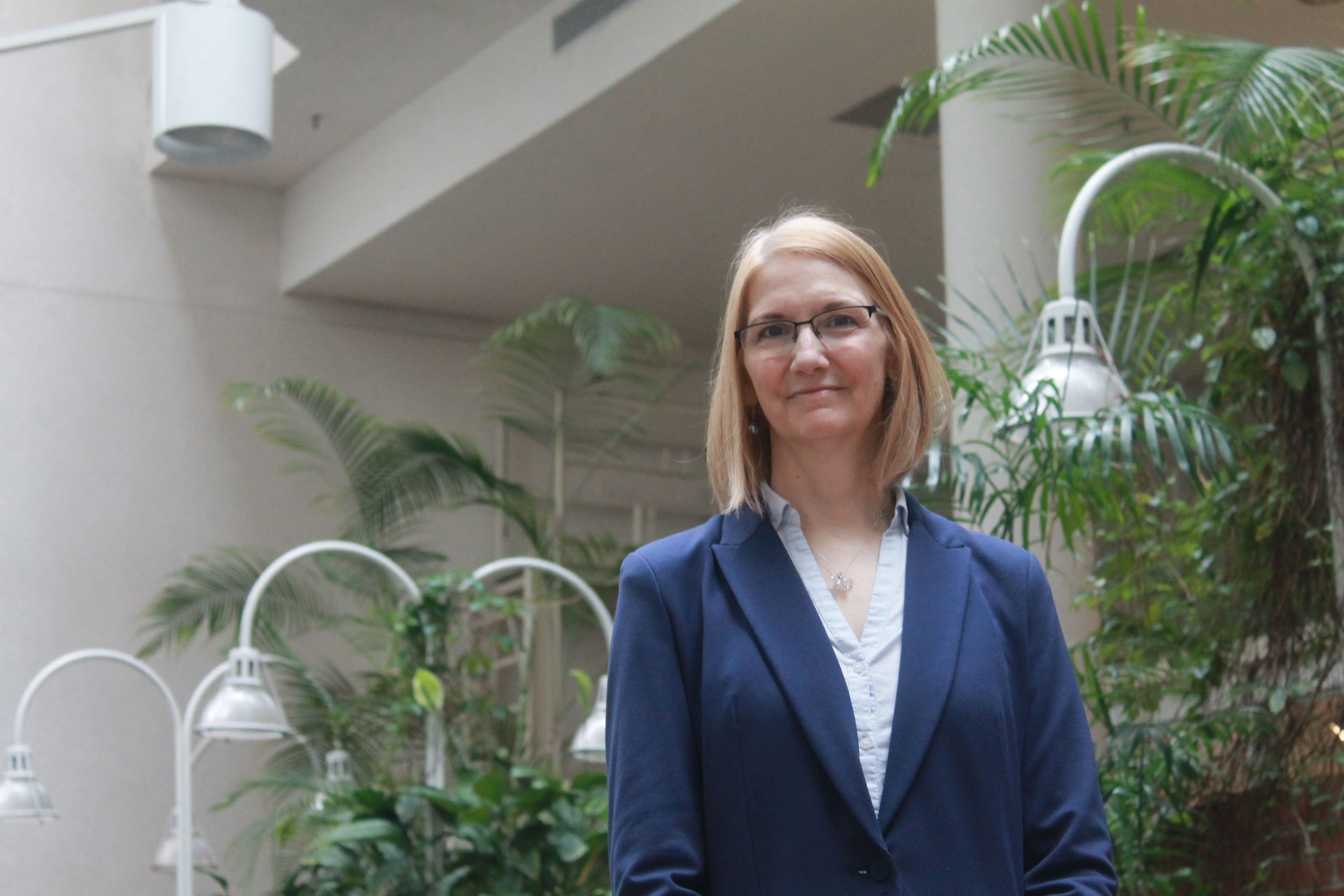
Wendy Miller, Senior Manager of Government and Stakeholder Relations at OACAS
Canada established National Child Day twenty-five years ago in recognition of the United Nations Convention on the Rights of the Child. What does National Child Day mean to Children’s Aid Societies in Ontario?
Child safety and well-being is the primary focus for Children’s Aid Societies, so National Child Day offers us an opportunity to speak up on behalf of the children and youth we work with. But we also recognize the day because at least four articles in the Convention describe the child welfare protection and well-being mandate. Article 19 for example describes a child’s right to be protected from physical, mental, and sexual abuse, neglect, and exploitation. It also refers to a child’s right to access to prevention supports including supports for their caregivers, and procedures such as identification, referral, investigation, treatment, and follow up – child welfare in a nutshell. Article 19 also refers specifically to state intervention in the form of foster placement, adoption, and placement in suitable institutions.
Your description of Article 19 suggests that Children’s Aid Societies are on the front-lines of defending child rights. Would you say that is an accurate description?
Traditionally child protection services have been delivered using an approach that focuses on child safety and well-being, and the consideration of the best interests of children and youth. Children’s Aid Societies would not necessarily have been associated with child rights per se. Child rights were seen to be the purview of others, such as the Ontario Child Advocate, the Office of the Children’s Lawyer, and organizations protecting legal rights of children and youth in care. I would say that the new Child, Youth and Family Services Act, which was passed earlier this year, brings child rights much more into the forefront of child welfare work.
How does the Child, Youth and Family Services Act (CYFSA) bring in more of a child rights focus to child protection?
In its preamble, which guides the spirit and intent of the legislation, the CYFSA references several critical child rights frameworks. It refers to the UN Convention on the Rights of the Child, and Jordan’s Principle, which is a child-first, needs-first approach to providing equitable services to all Indigenous children and youth. The CYFSA preamble also encompasses the spirit and intent of Katelynn’s Principle, which requires that the child be put at the centre of all decision making. The new legislation also includes Convention rights that did not exist in the previous legislation, such as the child’s right to have a voice and the child’s right to identity. The CYFSA is specific that identity includes sexual orientation, gender identity, and gender expression. And of course, thanks to the new legislation Ontario is finally living up to the Convention by increasing the right to protection up to the age of 18.
How is this new child-rights based approach in the new legislation impacting the work of child welfare in Ontario?
The Ontario Association of Children’s Aid Societies and its member agencies are hard at work changing policy and practice so that they reflect this new rights-based approach. We are currently working on a refresh of our child worker training program. The foundational learning pieces in the refreshed training program will include much more information about the preamble to the Child, Youth and Family Services Act, with its focus on keeping the child at the centre of decision making, and the UN Convention on the Rights of the Child. The One Vision One Voice Project: Changing the Child Welfare System for African Americans, and the Indigenous Reconciliation strategy are actively involved in improving child welfare’s approach and support of identity, culture, and language described in Article 20 and Article 30 of the Convention on the Rights of the Child. We are also engaging the youth voice in our provincial work through two steering committees composed of current and former youth in care. The benefits of the child-rights lens have quickly become apparent to us, because the youths’ lived experience in the child welfare system gives them a deep insight into how to improve child welfare services. Putting their voice at the centre is going to help us to develop better policy and a better system.